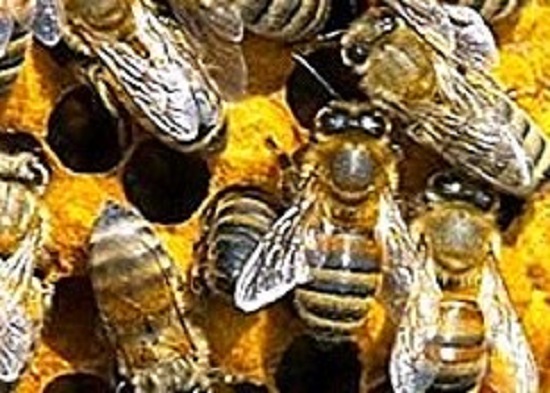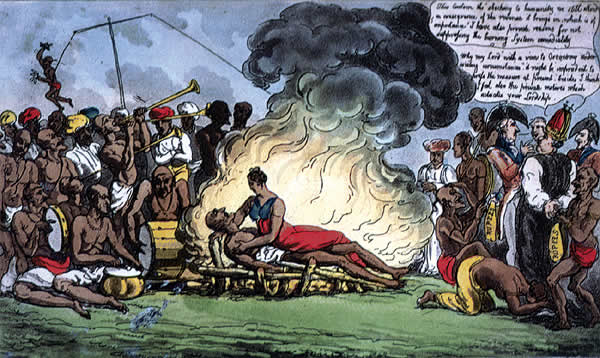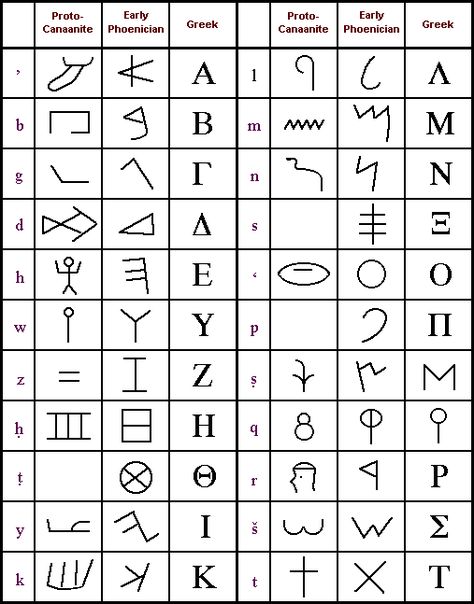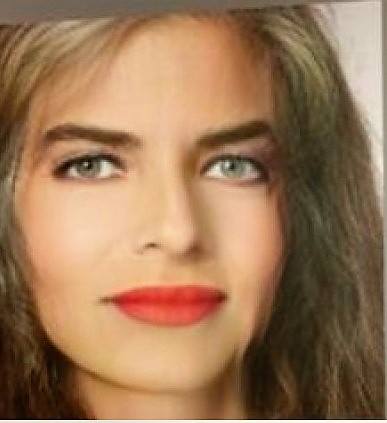Learning from Bees and Castas in India
Conscious Living and Castas in India Spirituality, Power of Mind, Mindfulness, Art, default, Healthy LivingSuper Sisters Bees Eusociality consciousness Evolution
Eusociality, from Greek εὖ eu "good", is the highest level of organization of animal sociality, found in bees and ants, and include care of offspring from society, or a division of work into reproductive and non-reproductive tasks. This division of labor within the animal world our biologists call “castes”. An interesting behavior characteristics of caste members is that a member of one caste loses the ability to perform the task of another.

Honey bees, super sisters’ bees and their Eusociality has developed over the 1,000s of years of evolution and has always fascinated people with its efficiency and complexities. In haplodiploid species, bees included, females develop from fertilized eggs and males from unfertilized ones. A queen only mates during one brief period in her early life, over the course of a small number of mating flights. About 10-20 drones (males) will mate with the queen during her mating flights. The greater the genetic diversity of sperm collected by the queen the greater the chance of the colony surviving. When a drone mates with the queen, he releases his semen with such a force that his endophallus is ripped from his abdomen and this shortly after causes his death. The 10-20 drones that succeed in mating with the queen must compete with hundreds of other drones gathered at the drone congregating area. The queen spends her life, around 5 years, laying eggs and during the summer she can lay up to 2,500 eggs per single day. The queen stores the sperm and she decides whether or not she fertilizes the eggs, deciding on the number of the future females or males within the hive.
Altruistic behaviour of sisters' bees
Since a male develops from an unfertilized egg, he has only one copy of each gene. The daughters get two copies of each gene, sharing 100% of father’s genes and 50% of their mother's. Following this equation, the bee sisters share 75% of their genes with each other, more than with their offspring. This is a scientific explanation for why a worker female bee is often very altruistic, helping raising her sisters as queens, willing to die for her colony, defending the hive against wasps or intruders. Keeping the harmony within the hive the bees communally raise and feed their children, collect pollen, build the hive producing wax, and in a behavior pattern known as Worker Policing, eat eggs laid by other females rather than the sister Queen’s or act aggressively towards any other fertile females…
When a bee returns to the hive, she transfers the nectar foraged from flowers to a receiving bee for further “processing”. The nectar is placed in cells uncapped, and sisters’ bees reduce the water content fanning the nectar with their wings until it is ready, cover the cell with a thin layer of wax thus storing the honey.
Bees consider pollen as food for babies, so when storing it, they store it directly in a cell from where it is used to feed the young ones. Nurse bees create royal jelly, from pollen they’ve ingested, honey, and enzymes. Once any egg is laid and becomes a larva, nurse bees will feed it royal jelly for the first 2-3 days. After the third day, they will be given the bee bread mix made of honey and pollen.
A female larvae fed royal jelly beyond the third day is destined to be a future queen.
A bee will develop through larvae into pupa and will hatch in around 20 days. Before the transition to pupa, sisters’ bees will use wax to cap the cell containing the larvae, protecting it from intruders, helping it develop into an adult bee. As soon as freed while moving out of the cell, the bee will clean it in the preparation for the next egg. Both male and female bees live around 6 weeks.
Sisters’ bees learn all their tasks, from their elders, starting from cleaning the cells, feeding larvae, mixing the bread, and when they are 12 days old, they begin to produce wax becoming builders, while later they become guard bees protecting the hive from thieves. When 14 days old, they venture out as foragers in search of nectar and pollen. They start at sunrise, may do up to 10 trips a day and return to the hive at sunset. If a bee found an exciting source of pollen, she will communicate with her sisters through the waggle dance… She indicates the distance from the hive, how rich the food supply is and the exact way to fly to reach the place. The other bees will sniff her with their antennae and add this data to the information they received from the dance.
Caste within a Human Society

A print from 1815 showing the hindu religious custom of Sati
Caste, in Portuguese casta meaning race, breed, or lineage, within a human society, is a form of social classification of people, the horrors of which we discuss when we remember the past of the countries like India with its over 100 million “untouchables”.
The Untouchability Offences noted in the Act of 1955 (this is when the Laws of India changed) were:
- Prohibition from eating with other members
- Segregation in seating and food arrangements at village functions and festivals
- Prohibition from entering places of public worship
- Prohibition from entering other caste homes
- Prohibition from using common village paths
- Separate burial/cremation grounds
- Segregation (separate seating area) of children in schools
- Social boycotts by other castes for refusing to perform their "duties"
Gandhi spoke out against untouchability, already in 1920 calling it “a great evil in Hindu society”. He said Europeans in South Africa treat "all of us, Hindus and Muslims, as untouchables; we may not reside in their midst, nor enjoy the rights which they do".
Not such a long time ago, with the British Empire governing India “There was a belief in not only the superiority of the white races but that the inferiority of other races was believed to be caused by innate physiological attributes that could be observed and quantified. Belief in the innate inferiority of others and in the notion that this inferiority had physical, measurable manifestations was an old European tradition. Caste was seen as an indicator of occupation, social standing, and intellectual ability.” Caste System and British, Kevin Hobson https://www.britishempire.co.uk/article/castesystem.htm
This was the time of the so-called science of phrenology that attempted to define the potential of individuals and nations based on the shape of skulls!!! This was the time when a person could be condemned to be a criminal by birth.
In India, pre-electricity for thousands of years, when the majority stayed cultivating the lands, it probably meant the accumulated ancestral local knowledge about the family back-ground, a village or city’s skills, or karma of the tribe that might have indicated some inherited diseases like Cancer, Diabetes or Schizophrenia (where a madness could attack teenagers).
Remember, China did lead the books printing revolution with the first completed printed book on paper being the Diamond Sutra (in the British Library) of 868 AC and around 1230 AC, Koreans did invent a metal type movable printing using bronze, publishing selected Teachings of Buddhist Sages and Seon Masters even in 1377 AC, yet reading and writing on our little planet was reserved for our Priests and Kings. Christian Monasteries within their walls had only a few dozen books, at the end of the Middle Ages, including the papal library in Avignon and Paris library of the Sorbonne that held only around 2,000 books within their walls.

People who could decipher Hindu, Chinese, Hebrew, Egyptian, Amharic, or Arabic characters, who could speak different languages translating ancient texts attempting to learn not conquer, our free mind researchers, came to the planet Earth only during this millennia when the information became freely available. It is mind-blowing how recent our attempts to understand each other are!
British Colonial Census in India in 1901
Post electricity, in India, walking into 1900s we had the British Empire completely soaked within the “superiority” thought form, executing the British colonial Census in India in 1901, developed by the London Statistical Society and led by Herbert Hope Risley. At the time when the British believed to be the superior racial continuation of the classical Roman Empire, while executing this task the survey included questions about nationality, race, tribe, religion and caste classifying people into defined and definite categories.
All the UK consciousness researchers, who publically or internally, mentally or emotionally fight hard against any inequality, and have in the past fought against the monstrosities of slavery, religious discrimination, or in-justice in any part of the world, can now imagine how a statistical exercise can become a life-long marking! The ancient system of Varnas, people’s religious upbringing and belonging to a tribe, had now its equivalent within the caste system of hierarchy, officially sponsored by the Governing classes of the time.
The British Governors defined Criminal Tribes Act of 1871, in India states:
“when we speak of `professional criminals', we mean a tribe whose ancestors were criminals from time immemorial, who are themselves destined by the usages of caste to commit crime, and whose descendants will be offenders against the law, until the whole tribe is exterminated or accounted for in the manner of thugs.”
Mixing the Hindu belief of Karma, claiming that people have accumulated sins from past lives, with the official recognition of Castas, had an amazing stupidify-ing effect within all the spheres of the society, allowing the Lady Superstition to take the lead. With such a deeply disturbing hierarchical system of behavior patterns implemented socially on a large scale, the Indian intellectuals had to fight hard to evict it, within the worst possible conditions.
Ancient Texts about a Perfect Society
It has started with the system of Varnas found in ancient Hindu texts as the society divided into four classes: Brahmins that are scholars and priests, Kshatriyas that are warriors, Vaishyas that are farmers, and Shudras that are laborers. A similar classification we find in Ancient Greece within Plato’s Republic as the Mediterranean philosophers’ meditation about the perfect society.
Within the Hindu divine wisdom system God manifests itself through three Gunas – Satwic (white), Rajasic (red) and Tamasic (black) and living a satwic life-style (cultivating virtues) one attempts to purify Nadis, channeling energy into creativity, compassion and enlightenment. spiritual researchers had a chance to learn about these from the likes of Sri Aurobindo, Devanada or Krishnamurti who were highly educated in either England or US so could use the same scientific language while passing the ancient knowledge.
Further observing the 7 chakra’s behavior model, each energy center, chakra, acts as a lotus flower holding various virtues, and intellectual abilities, stimulating different glans, inducing a chemical reaction that in turn activates nervous centers within the brain. Each center has its blocks that are removed by various physical, mental or emotional exercises, acting as an innate releasing mechanism that allows the energy to flow, and behavior patterns to change, through the spine into the next center, or chakra.
The genetically programmed behavior patterns, are within the vital winds of “Prana”, known as Maha Prana that maintains the proper temperature of the body, breathing, heart-beat, or digestion. Altering the breath, the digestion (with fasts) or the heart beat is all used as a technique to access higher states of consciousness and enlightenment.
When applied by a female yogi practitioner, in today’s world, the knowledge of human anatomy becomes much more complex with the weekly menstrual disturbances, after-birth traumas, breast-feeding hormonal changes, kids temperaments, teenagers’ madness, so much so, that the major religions texts just refused to go into the condition called: “women”.
Neolihic Wisdom from Ancient Solomon Temple to Greek Acropolis 1,000 BC
Mysticism or Magic of various Spiritual Paths and
Ancient Greek Philosophers 400 BC – 200 AC
Esoteric teachings of Golden Citizens of Ancient Greece
- Wisdom of Gods
Ancient Mediterranean Cultures and Advanced Civilizations by Nataša Pantović Nuit The Tao of Logos During the past 50 / 100 years , more and more archeological findings f - El Ra Ma
Supreme God and Sound Frequency Chanting Mantras by Nataša Pantović Nuit The philosophical research concerning the divine and consciousness poses the question: Is there a - The Tao of Logos
by Nataša Pantović Nuit Have you seen the oldest preserved Gospel of John found in Egypt 200 AC? It took me ages but I did go line by line comparing the old Greek text to - Metaphysics of sound
True Name of god and Ancient symbols and frequencies by Nataša Pantović Pulsation, vibration, rhythm exists everywhere as Akasha / Sound / Waves and we hope to reach th






Learning from Bees and Castas in India No comments on Learning from Bees and Castas in India: